Fed Vice Chair Lael Brainard said in a speech, “monetary policy will be restrictive for some time to ensure that inflation moves back to target over time.”
“It will take time for the cumulative effect of tighter monetary policy to work through the economy broadly and to bring inflation down.”
“In light of elevated global economic and financial uncertainty, moving forward deliberately and in a data-dependent manner will enable us to learn how economic activity, employment, and inflation are adjusting to cumulative tightening in order to inform our assessments of the path of the policy rate.” She said.




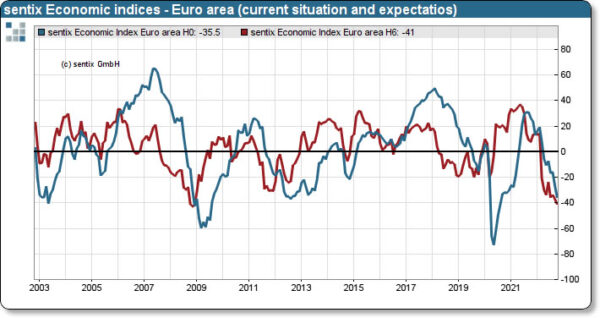

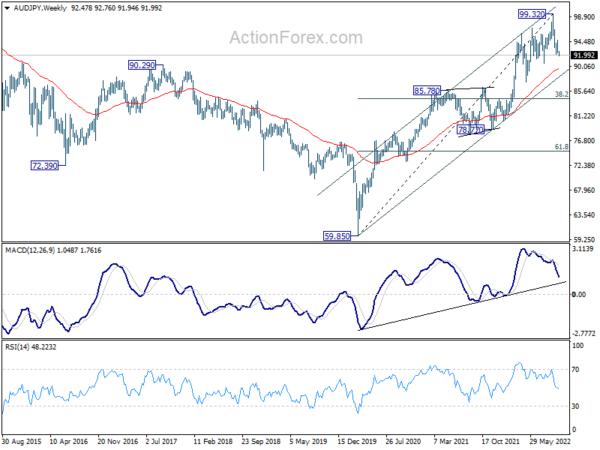
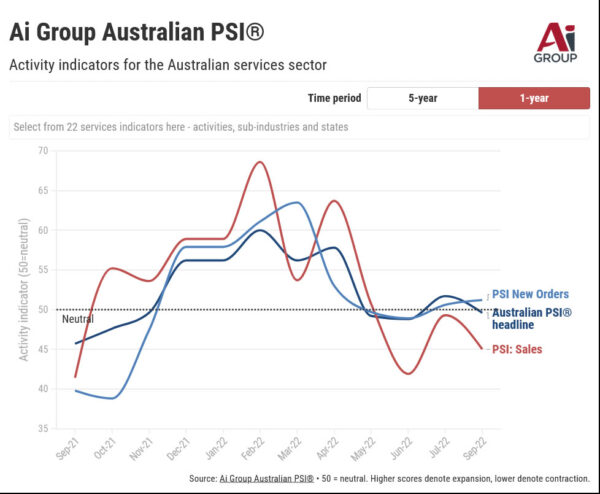
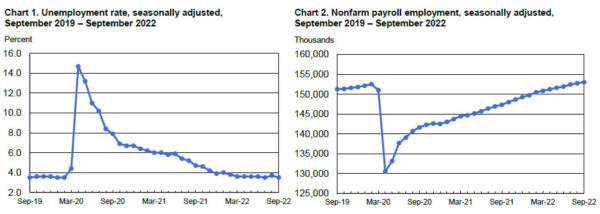
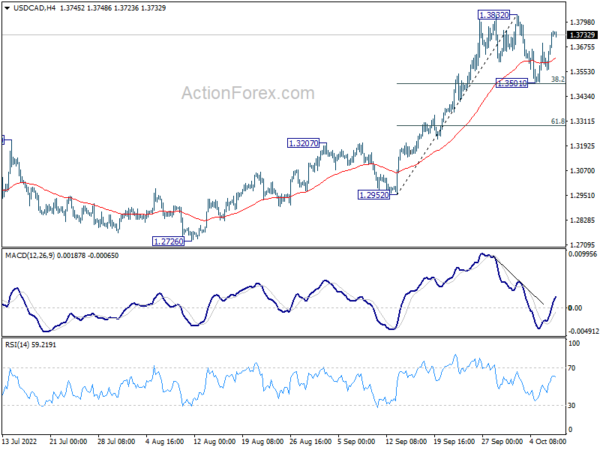
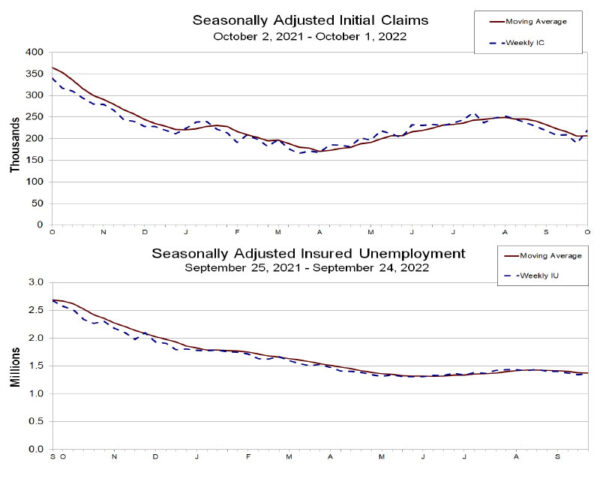
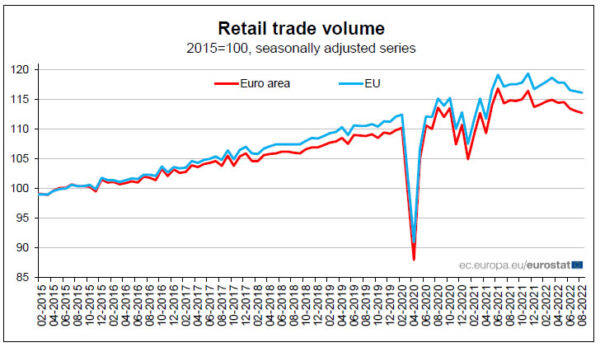
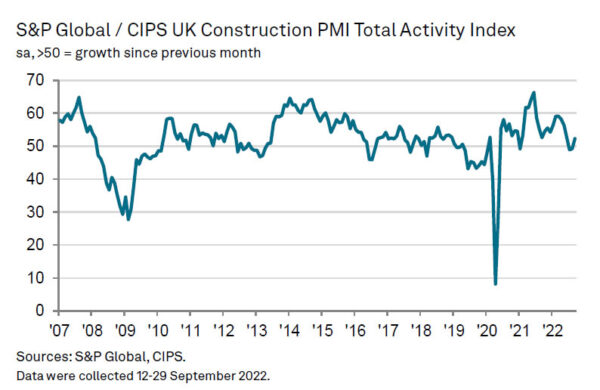
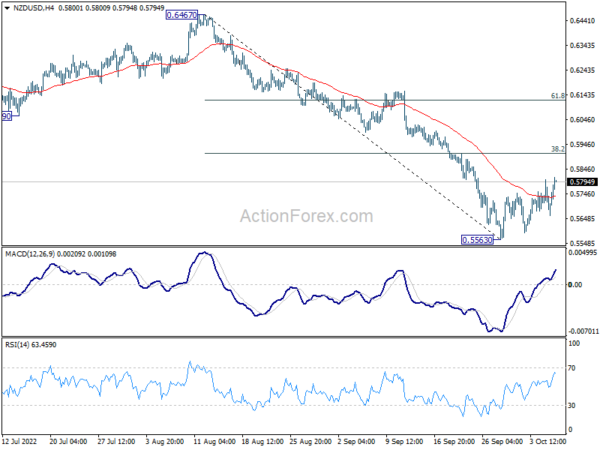
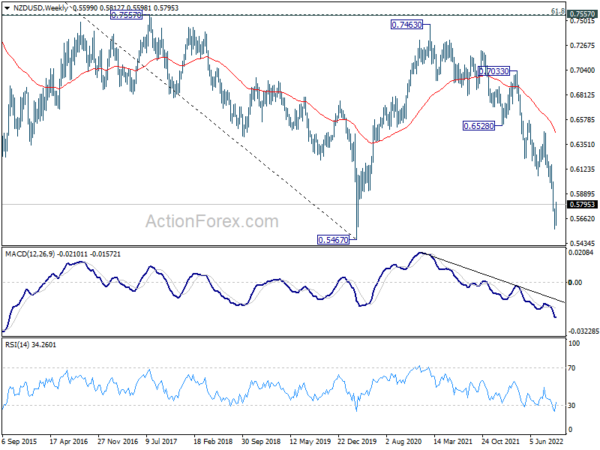

Japan Suzuki: Will take appropriate action on excessive Yen moves
Japanese Finance Minister Shunichi Suzuki reiterated today, “we will take appropriate action if there are any excessive moves” in Yen’s exchange rate. The comment came as Yen threatens to decline further towards the lowest level since 1998 again.
Suzuki also said, Japan is closely watching current FX moves with a “strong sene of urgency”. He planned to explain the stance on intervention at G20 meeting. He said that Japan have gained “certain understanding” from the US regarding intervention.